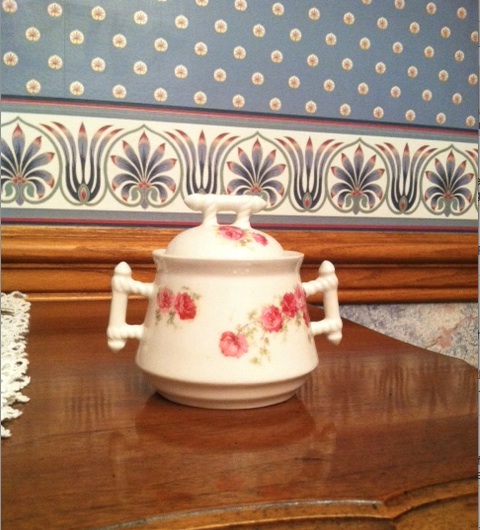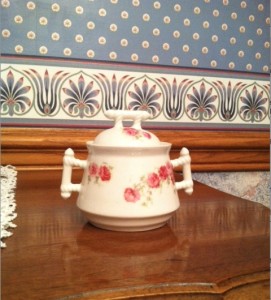World War II and the following challenging decade of Italian reconstruction provided limited travel opportunities for Italian Americans wishing to visit family in “the old country.” However, beginning in the 1960s with its economy booming, a reviving Italy began to receive many US visitors looking to renew ties with their overseas relatives. My family has a touching story about this period of reconnecting.
In 1920, Maria Loreta Di Tanna, my maternal grandmother, arrived in Youngstown, Ohio, from Italy. She was reunited with her husband, Giangregorio Mendozzi. The woman was spared the following difficult decade of the Great Depression because in 1928, when my mother was six years old, Maria Loreto died giving birth to her last son. After his wife’s untimely death, Grandpa Mendozzi parceled out his two youngest children to Italian families to be raised in the neighborhood. Those that remained at home, my mother Frances and her sister Norma, received supervision from Carmela, a devoted married sister, and two trusted women, Zia Assunta and Comare Filomena .
Whatever immediate memories my mother held of Maria Loreto soon faded. In a few years, the woman’s trousseau and personal photographs disappeared. So for many years my mother longed for an object, some touchable memento of her mother. This wish would be fulfilled in 1973, during a family trip to Maria Loreto Di Tanna’s hometown of Capracotta in the High Molise. There a relative was safeguarding a precious family heirloom saved from WWII.
From September 1943 through May 1944, the German Army maintained the Gustav Line, a defensive front high in the Apennines. It’s purpose was to prevent the Allies from liberating Rome. Behind the line, the Germans employed a scorched earth policy to deny the US and British Armies any use of Capracotta and the several other mountain villages upon which the hated Gustav front fell. As fall turned into winter, German troops systematically destroyed most of Capracotta’s buildings. The women and children fled to live in the town’s mausoleum or to the church where they passed a horrible winter. The men hid in the neighboring forest to avoid being press-ganged as manual labor by the Nazi SS.
When my parents and sister visited Italy for the first time in 1973, they stayed for a while in Capracotta with Zia Letta (Antonietta Del Castello), my mother’s aunt. The fresh mountain air and the company of family members made for a very enjoyable stay. My sister reports that one day, as she and my parents were sitting with Zia in her kitchen, the old aunt drew the attention of my mother to a spot down the street. It was the ruins of a house destroyed in the war by the Germans. Zia motioned, “That was the place that belonged to your mother’s family.” Then she turned and pointed to an antique sugar bowl resting in her china cabinet. “Frances,” she said, “take it because it was your mother’s before she left for America. It was one of the very few things to survive the grenade that took down the house. All along, I’ve been saving it for you.” Well, for some gifts tears are the best thanks.
Lovingly enveloped in multiple layers of an Italian newspaper, the precious sugar bowl safely made the trip back to Girard, Ohio, to sit proudly for almost three decades in my parents’ china closet. Now at my sister’s house after Mom’s death, this family heirloom never ceases to amaze and to instruct–about death, love, war, and connections.
Ben Lariccia


